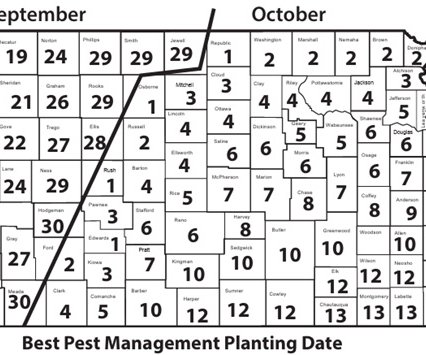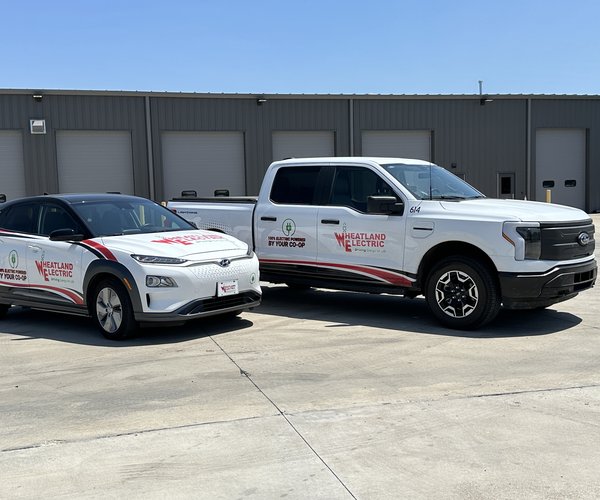As of Tuesday, Sept. 9th, the drought monitor report indicates no change except the little bit of increased in North Central and Northeast Kansas. The six to 10-day outlook (Sept. 16 to 20) indicates a 60 to 80% chance of likely above normal for temperatures and a 40 to 50% chance of leaning above normal for precipitation. The eight to 14-day outlook (Sept. 18 to 24) indicates a 40 to 50% chance of leaning above normal for temperatures and a 33 to 50% chance of leaning above normal for precipitation. Temperatures will help fall crops head to harvest but it’s not great for winter wheat establishment. However, wheat will benefit from rain.
Last week, we briefly discussed the four principles of perfect competition: numerous buyers and sellers, homogenous products, freedom of entry and exit, and perfect information. We explained why they matter and what they mean. These pillars of free market competition are mostly true, but there are problems producers face and some of these problems are due to the erosion of these principles. Before moving on, it’s important to remember that we are a mixed economy. Simply put, we mostly have free markets where prices determine production and consumption but there are some rules in place for various reasons. And, while prices set what is produced, some parts of agriculture can’t respond as quickly as they would like to on prices. They are dealing with living systems and the weather. Now, let’s discuss how the economic challenges farmers are facing are in part due to problems with these principles.
Of the four principles, two hold up pretty well. Producers overall have perfect information; they have access to the information they need for what they are doing. From agribusinesses to the USDA and extension services to producer groups, it’s out there. And with some exceptions, agriculture produces a homogeneous product. Corn is corn, eggs are eggs, and so on. This is slowly evolving as producers find way to add value to their product.
The biggest breakdown is numerous buyers and sellers, primarily buyers. Concentration has been occurring for decades and accelerating over the last 20 years. It includes where producers are purchasing inputs and services to who is purchasing their products. For inputs, from seed to pesticides, fertilizers, and equipment, the number of sellers has decreased dramatically. As they sell their products, the number of grain buyers has decreased dramatically and, in the beef, poultry, and pork sector there are precious few buyers of livestock. This all works too often resulting in higher prices for inputs and lower prices for outputs. This often results in larger operating loans necessary for the year — all made worse by higher interest rates.
The last is freedom on entry and exit. There are regulations in the ag industry, primarily to protect people and the environment. The bigger obstacle preventing more from entering production ag is money. Unless a new producer can work into or inherit/get help from family, the amount of money necessary to properly capitalize and operation is often prohibitive. There are certain federal programs in some states, to aid with this but it’s still a challenge.
Next week, other factors threatening producers.
Dr. Victor L. Martin is the agriculture instructor/coordinator for Barton Community College. He can be reached at 620-792-9207, ext. 207, or martinv@bartonccc.edu.





